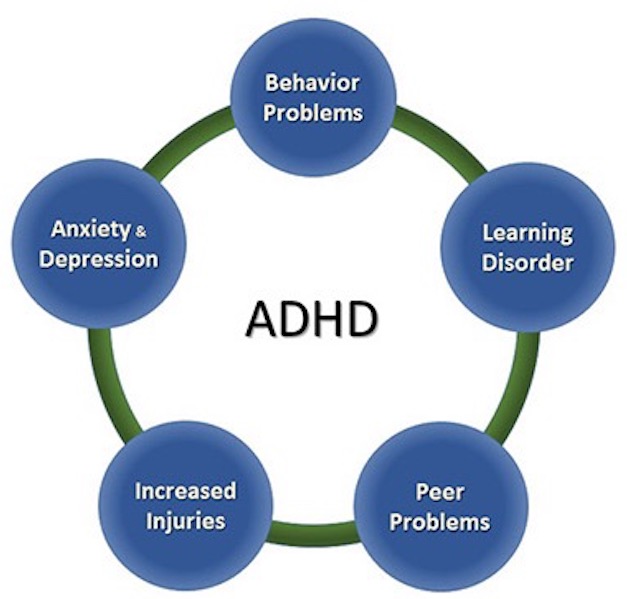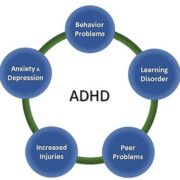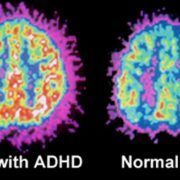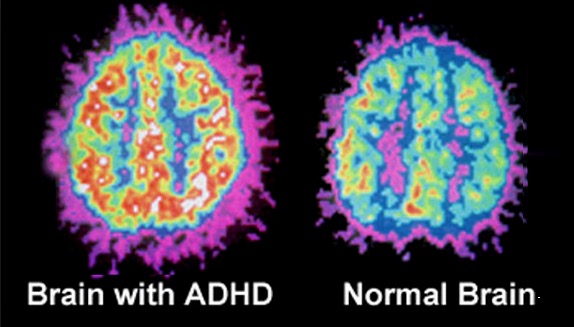ADHD Connection to Other Mental Health Conditions?
ADHD Connection to Other Mental Health Conditions?

ADHD Connection to Other Mental Health Conditions?
It is common for children with ADHD to have difficulties in managing their emotions and organizing themselves. For example, they tend to get into a trouble at school and elsewhere because of their inability to inhibit behavior or think through their actions before reacting.
Current science appears to indicate that the psychological wiring of the brain of an individual with ADHD is different from that of an unaffected individual. For instance, imbalances in the levels of dopamine and norepinephrine in the brain are commonly seen in patients with ADHD.
Large-scale trials with samples from diverse geographical populations are being conducted in order to come to the proper conclusion on the patterns of ADHD, its prognosis, and its association with other concurrent mental health conditions.
ADHD Linked to Other Conditions
Currently, data suggests that more than 60% of children with ADHD are reported to have one or more co-existing mental health conditions. This diagnosis is determined through a comprehensive evaluation of all the symptoms, medical history, and various psychometric tests in order to help the psychiatrist reach a conclusive diagnosis of ADHD and any other connected conditions.
There is a general understanding of the common conditions that coincide with ADHD. These conditions fall under mood disorders, conduct issues, and learning problems. Mood disorders include depression, anxiety, and bipolar disorder. Conduct issues include Conduct disorder which is considered to be extreme and unreasonable aggression. The other related conduct issue is Tourettes. Learning problems include dysgraphia which is difficulty in writing, dyslexia difficulty in reading due to a weakness with phonological processing, and dyscalculia which is difficulty with processing numbers.
The Bottom Line
It is important to understand how ADHD is linked to other conditions and to be on top of your children’s ADHD treatment. This is not to say that ADHD causes other conditions, but there does seem to be a correlation. There is nothing harmful in being cautious in something like this. Luckily, that’s where we come in. Here at Pathways, we can make the process easier for you. We specialize in helping diagnose, treat, and create a comprehensive plan to help deal with ADHD and other related issues.
Dr. Gordon is an experienced ADHD expert. He is devoted to helping you learn more about ADHD and find solutions for each individual’s needs. Please feel free to contact us for any concerns or questions regarding ADHD about yourself, or a loved one.
The Pathways team of professionals has helped thousands of people with ADHD. We are Dedicated to effective and compassionate care for individuals with neurological challenges.
The post ADHD Connection to Other Mental Health Conditions? appeared first on Pathways Neuropsychology Associates.
Source: Pathways Neuropsychology
ADHD Connection to Other Mental Health Conditions?



















 Tips for Parents Supporting Children with ADHD
Tips for Parents Supporting Children with ADHD